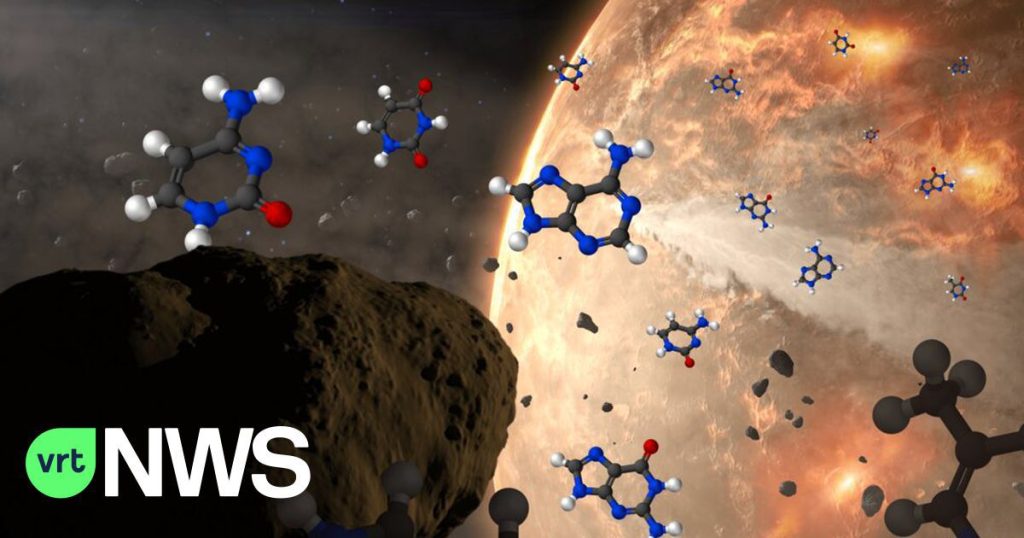The five nuclear bases are cytosine (C), guanine (G), adenine (A), thymine (T), and uracil (U). They are nitrogen-containing molecules and, by pairing with each other, play an important role in forming the characteristic double helix structure of DNA. In this DNA, adenine and thymine form a pair, and cytosine and guanine form a pair. In RNA, cytosine and guanine are also paired, but thymine is replaced by uracil, which pairs with adenine.
So far, scientists examining strange samples have found only three of the five bases, namely guanine, adenine and uracil. However, a recent analysis by an international team has now been able to identify the last two nuclear bases.
The team included researchers from NASA and was led by Professor Yasuhiro Oba of Hokkaido University in Japan.
“We now have evidence that the full set of nuclear bases that life currently uses may have been available on Earth when life arose,” said astrobiologist Danny Glavin of NASA’s Goddard Space Flight Center, one of the authors of the exploratory study.

“Thinker. Coffeeaholic. Award-winning gamer. Web trailblazer. Pop culture scholar. Beer guru. Food specialist.”







More Stories
Comet Tsuchinshan-Atlas is ready to shine this fall
Sonos isn’t bringing back its old app after all
Indiana Jones and the Great Circle is coming to PS5 in spring 2025